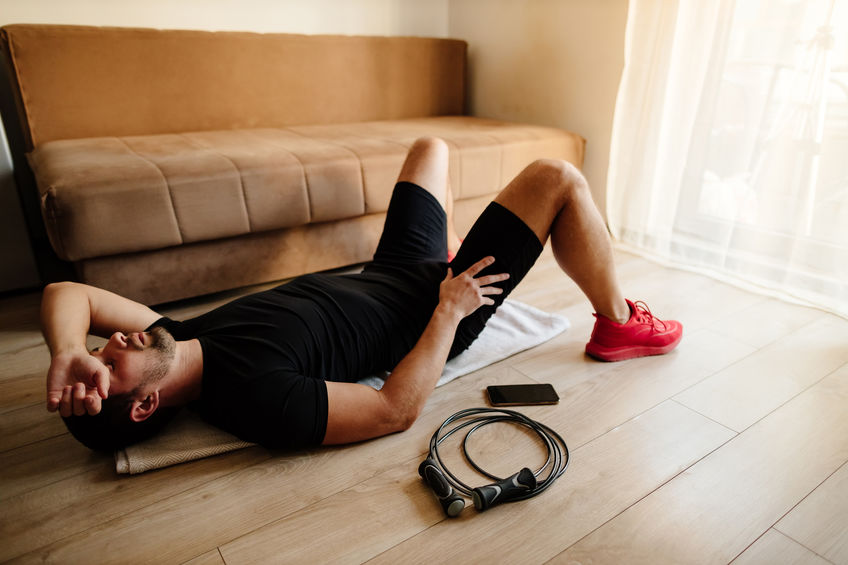Arthritis Damages Your Hands Too
When someone thinks about arthritis, the knees and shoulders are the initial thoughts. Arthritis can happen in almost any joint, including the hands. Between most joints is smooth cartilage that helps with shock absorption and movement. The cartilage can wear away with age, causing osteoarthritis. The condition affects more than 22% of Americans, with many having arthritis hand pain. Besides pain, many arthritic sufferers experience swelling, stiffness, and reduced grip strength.
Try these treatment options with exercise
Arthritis happens in many forms, but most cases respond well to treatment. The goal is to reduce inflammation and swelling while restoring range of motion. Anti-inflammatory medications called NSAIDs are excellent for reducing pain and swelling caused by inflammation. Further treatment like temperature therapy and even steroid injections work well. Best of all, exercises through physical therapy can improve joint motion and reduce hand pain. If arthritis affects the quality of life, these 3 simple exercises can help reduce pain if done consistently.
1. Stretch those wrists!
What does the wrist have to do with arthritic hand pain? A range of nerves, ligaments, and tissue runs through the wrist to each of the fingers. With worn joints, these ligaments become strained, and so do the joints in the hand. Wrist stretches are simple and can be done anywhere. Hold the troublesome hand straight ahead, parallel to the floor. Use the opposite hand to press down on the top of the hand. Hold the position for 20 seconds, then stretch the wrist in the opposite direction. Complete 5-10 reps, at least 3 times weekly.
2. Put the squeeze on arthritis
A small stress ball can do wonders for grip strength and flexibility. Take the stress ball and squeeze gently. Hold the squeeze for 10 seconds, then release. Repeat the exercise for 10 repetitions at least 3 times weekly. This exercise also works well throughout the day if the hand feels weak or painful.
3. Flex those thumbs!
Thumbs help support almost every action with the hand, and arthritis could be particularly stressful on this digit. Flexing and stretching the thumbs is a great way to stay pain-free. As a quick exercise, open the hand as wide as possible, then reach the thumb to the pinky. Touch the pinky, if possible, and hold the position for 5 seconds. Release and repeat for 10 repetitions. Do the exercise during the day, or as needed, for at least 3 days weekly.
Exercise may not be enough
Exercises are a great way to reduce pain, stiffness and improve range of motion. However, these exercises won’t be enough for some people, especially for chronic pain. If months of exercise and other conservative methods fail, hand surgery may help. Based on the degree of arthritis, an orthopedic surgeon may choose to perform arthrodesis or arthroplasty. Both are minimally invasive techniques, meaning the patient can leave the same day. These techniques also boast a faster recovery time and lower chances of infection.
Fusion with arthrodesis
If the surgeon chooses arthrodesis, the goal is fusion. Also called syndesis, the surgeon will use this procedure as a last resort. In an outpatient setting, an orthopedic surgeon makes small incisions around the joint. The cartilage is then removed, and the joint is held in place with wires or other components. Over time, the bones heal and fuse to form a solid piece. While the procedure reduces pain, mobility of the joint is lost. The surgery has high success rates and satisfaction rates
A brand new joint
With arthroplasty, the surgeon opts to replace the damaged joint altogether with an artificial implant. Like arthrodesis, the procedure happens in an outpatient setting. Joint replacement usually happens at the knuckles, the largest joint in the finger. The surgeon removes the damaged cartilage and installs a prosthetic joint. Sometimes, the surgeon may perform both fusion and replacement on different fingers of the same hand.
Don’t live in pain
Arthritic hand pain can reduce productivity, cause long-term pain, and create a poor quality of life. Taking action is critical. To improve the outlook, the best place to start is to exercise with non-surgical pain management. These exercises are simple and arthritic patients can do these anywhere. If there is no relief, see a specialist to discuss the possibility of surgery.



